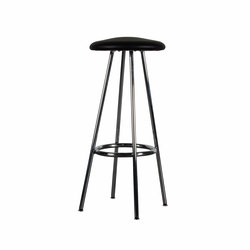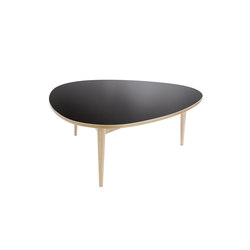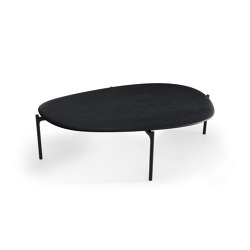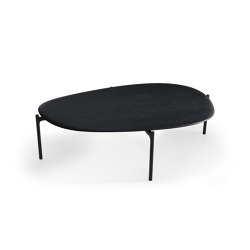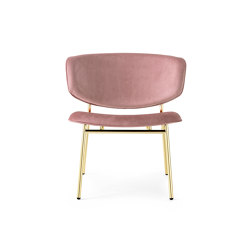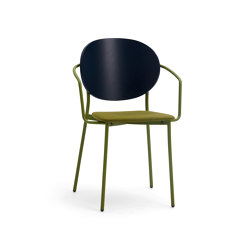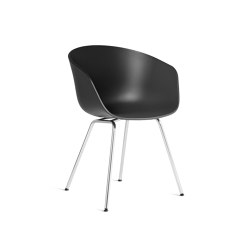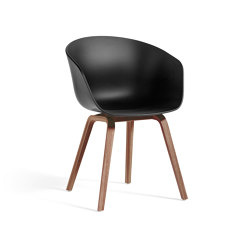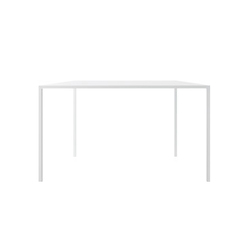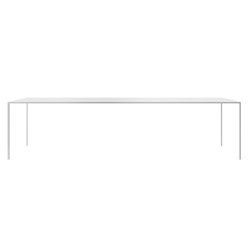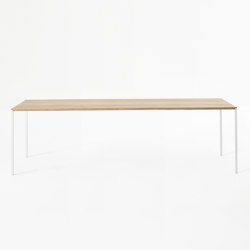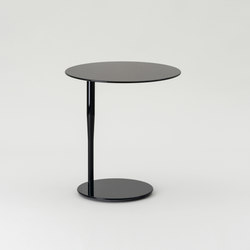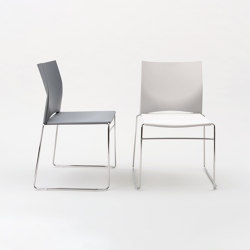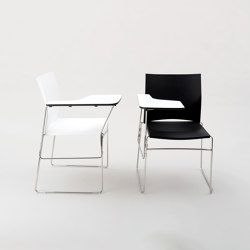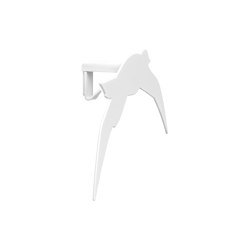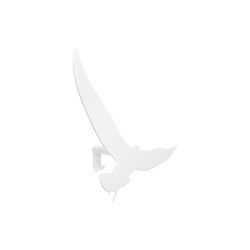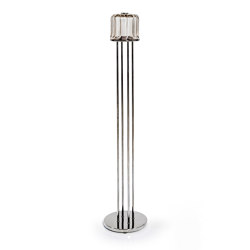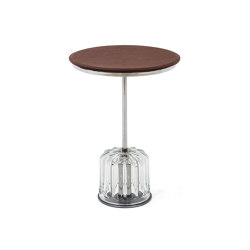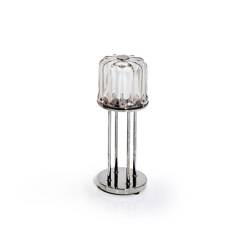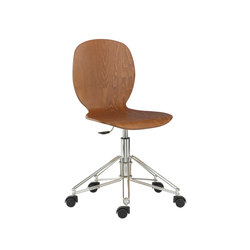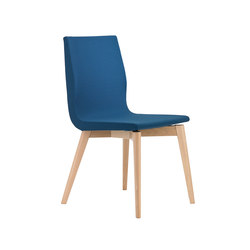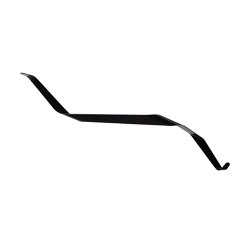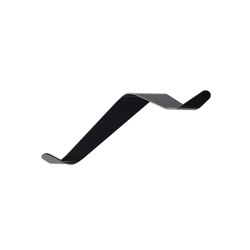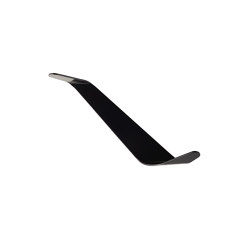Bill | Coffee Table
Coffee tables from wb form ag, Designed by Max Bill
- Family gallery
- Family gallery
- Family gallery
- Family gallery
- Family gallery
- Family gallery
- Family gallery
- Family gallery
- Family gallery
- Family gallery
- Family gallery
- Family gallery
- Family gallery
Product description
The “Tables en forme”, first designed by Charlotte Perriand in the thirties, were popular in the kidney- shaped variety during the fifties.
Next to the free forms of almost all known examples, the 1949/50-designed Coffee Table by Max Bill appears neat and precise. The structure, consisting of three circles, defines its geometric shape.
The Dining Table – designed for both low and high models – represents a high point in Max Bill’s campaign for design reform.
DIMENSIONS IN CM: H/Ø
44 / 110
MATERIALS
Tabletop: linoleum, black
Legs: solid maple, natural lacquer finish
Edging: maple
Next to the free forms of almost all known examples, the 1949/50-designed Coffee Table by Max Bill appears neat and precise. The structure, consisting of three circles, defines its geometric shape.
The Dining Table – designed for both low and high models – represents a high point in Max Bill’s campaign for design reform.
DIMENSIONS IN CM: H/Ø
44 / 110
MATERIALS
Tabletop: linoleum, black
Legs: solid maple, natural lacquer finish
Edging: maple
Concept
The Max Bill Collection is characterised by clarity, simplicity and mathematical precision.
Max Bill’s wooden furniture is the physical expression of his belief that functionality, as well as the economy of materials and design, should be combined with meeting form-related and aesthetic demands. Bill’s designs and products are based on qualities such as functionality, longevity and an economic use of materials.
For Max Bill, industrial design was of particular importance in the economic upturn during the post-war years and because of the widespread destruction left by the war: he saw industrial design as an opportunity to improve the environment with versatile products. Following the US example, the aesthetics of things were becoming important during this period. For the first time, exemplary products – most of which were ‘anonymous’ factory designs – were given a prominent place in the magazines. Authorities like Max Bill and Siegfried Giedion had a clear attitude: they despised any design that would only serve commercial interests and that, in so doing, would follow fashionable trends, thus fostering a throwaway mentality.
Max Bill’s wooden furniture is the physical expression of his belief that functionality, as well as the economy of materials and design, should be combined with meeting form-related and aesthetic demands. Bill’s designs and products are based on qualities such as functionality, longevity and an economic use of materials.
For Max Bill, industrial design was of particular importance in the economic upturn during the post-war years and because of the widespread destruction left by the war: he saw industrial design as an opportunity to improve the environment with versatile products. Following the US example, the aesthetics of things were becoming important during this period. For the first time, exemplary products – most of which were ‘anonymous’ factory designs – were given a prominent place in the magazines. Authorities like Max Bill and Siegfried Giedion had a clear attitude: they despised any design that would only serve commercial interests and that, in so doing, would follow fashionable trends, thus fostering a throwaway mentality.
More about this product
Categorised in Tables - Coffee tables - Tabletop round - Tabletop free form - 3-leg base - open base - Wood - Base solid wood - Plastic - Tabletop plastic - Linoleum - Tabletop linoleum - Melamin - Residential - Contract - Office - Hospitality.
Manufacturer
wb form ag
Family
Bill
Architonic ID
1151584
Year of Launch
1949
Similar products
This product has been archived. Product information may no longer be up to date.
Similar products
Where to buy this product
Where to buy this product
